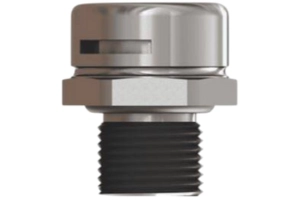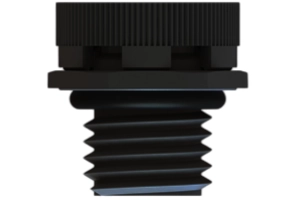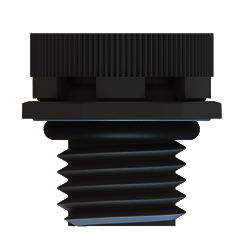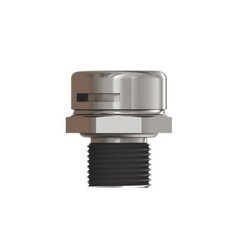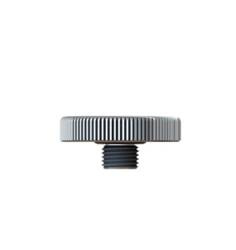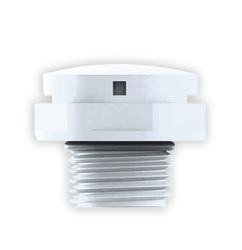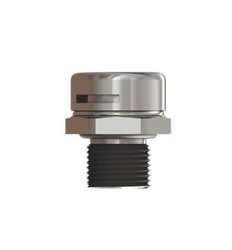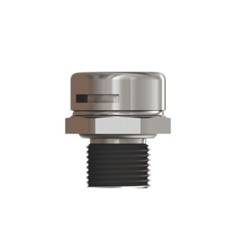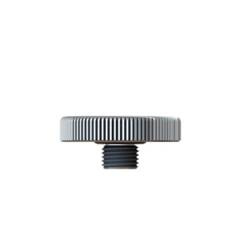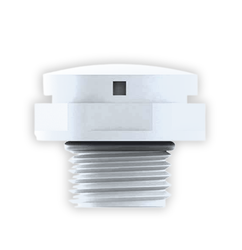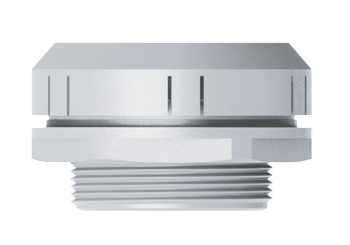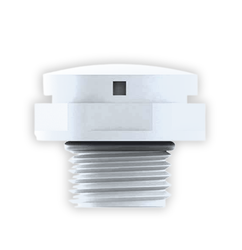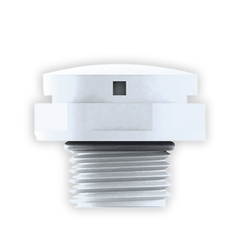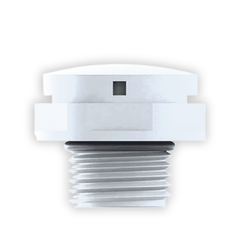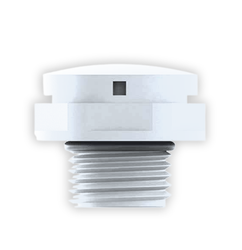Ventilation Plugs
Pressure compensation ventilation plugs are used to equalize pressure differences between the inside of an enclosure and its surroundings. Temperature changes, solar radiation, or sudden cooling can lead to pressure fluctuations and water vapor condensation, which can endanger the electronics inside. These vents allow for moisture drainage and air exchange while maintaining the IP protection rating.
The benefits of using pressure equalization vents and how to choose the right solution
Vents allow for free air flow between the inside of the enclosure and the surroundings. This prevents sudden pressure changes caused by temperature fluctuations, which could lead to moisture suction and water vapor condensation inside. This protects the electronics from corrosion, short circuits, and failures.
Maintaining a seal while "breathing"
By using microporous membranes (e.g., PTFE), the vents allow air to pass through but block the entry of water and dust, achieving IP66-IP69K protection ratings. This means the device remains hermetic in rain, during pressure washing, or in a dusty environment, while still being able to "breathe."
Choosing the right technology
Allows you to select a vent for a specific threat: moisture, chemicals, operating pressure, or the device's operating mode (continuous/pulsating).
- PTFE membranes - very good chemical resistance, high durability, good air permeability, but limited mechanical resistance.
- Porous elements - resistant to mechanical damage, but with less operational precision at high-pressure differences.
- Ball or check valves - allow for one-way flow, often used where overpressure must be vented but suction is not desired.
Flow rates
The flow rate level should be matched to the enclosure's volume. Vent flow rates (e.g., 16 l/h, 250 l/h, 1200+ l/h) determine how quickly they can equalize pressure. For small enclosures, a low flow rate is sufficient, but in large control cabinets, a lack of effective venting can lead to seal deformation or moisture suction.
Different mounting variants
A properly selected solution will facilitate integration with the enclosure and increase its safety.
- Metric thread (e.g., M12, M20, M25) - fits standard openings in enclosures and glands, allowing for easy installation.
- Threaded from the outside or inside - allows for mounting without the need to open the enclosure (important for finished devices).
- Integrated with a gasket or washer - increases sealing and helps to achieve IP68/IP69K.
Material variants
Material selection allows the vent to be matched to aggressive environments, vibrations, UV, pressure, or the required durability.
- Plastic (e.g., PA66, PC) - lightweight, inexpensive, suitable for most indoor and standard applications.
- Aluminum - greater mechanical and thermal durability, better for outdoor and industrial applications.
- Stainless steel (e.g., AISI 316L) - highest chemical and corrosion resistance; recommended for the food, marine, and chemical industries.
Applications of pressure compensation vents
- outdoor-mounted electrical cabinets and enclosures
- devices operating with large temperature fluctuations
- systems exposed to water vapor condensation
- food, railway, and energy industries, PV installations
More information on pressure compensation can be found in the Our Solutions section - Pressure Compensation – A Key Element of a Safe Industrial Application
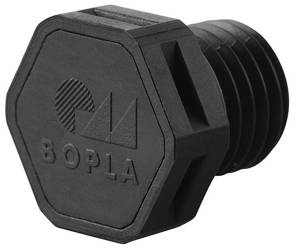
Bopla DAE M12 9005 (52042000) - ventilation plug (5 pcs.)
- Thread:
- Material:
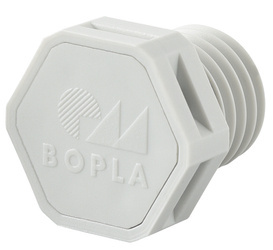
Bopla DAE M12 (52041000) - ventilation plug (5 pcs.)
- Thread:
- Material:
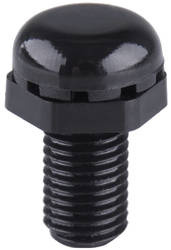
Bopla DAE M6 9005 (52042060) - ventilation plug (5 pcs)
- Thread:
- Material:
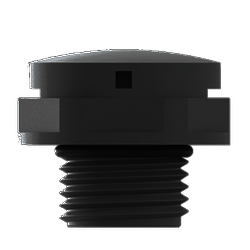
Bimed SBVPF-21 ventilation plug
- Thread:
- Colour:
- Material:
- Ingress Protection:
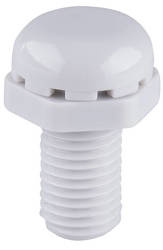
Bopla DAE M6 7035 (52041060) - ventilation plug (5 pcs)
- Thread:
- Material:
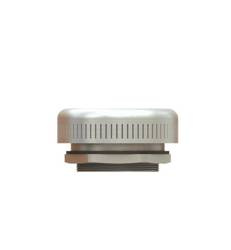
Bimed HBBVPX-05 ventilation plug
- Material:
- Thread:
- Ingress Protection:
- 1
- 2

